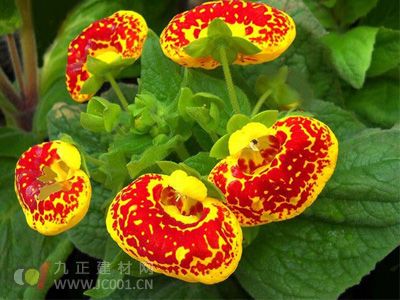Lotus flower cultivation method
Lotus Flower Cultivation Method: Twenty days after sowing, when the seedlings reach about 2.5 cm in height, transplant them into fresh soil. Thirty days after transplanting, when the seedlings are around 5 cm tall, transfer them to a pot that is 10 to 15 cm in size. The ideal room temperature should be between 10 and 12°C. If you want to accelerate growth, provide 6 to 8 hours of additional light daily to encourage early blooming. Ensure proper ventilation and shading during the growing season to prevent pests and leaf burn. Fertilize every two weeks, but avoid overusing nitrogen, as it can lead to elongated stems and poor root development. When the flowering branches start to grow, apply phosphorus and potassium fertilizers once or twice. Also, remove lateral buds between the leaves promptly, as excessive branching can hinder the main flower development and cause an irregular plant shape, reducing its market value. In large-scale production, when the main bud begins to grow upward, spray the leaves with 0.2% to 0.3% CCC solution one or two times to control plant height and maintain a compact form. During the flowering period, water carefully and keep the room temperature between 8 and 10°C. Perform artificial pollination to increase seed set. As the fruits develop, gradually raise the temperature and implement ventilation and shading to ensure full maturation. High humidity and heat without proper air circulation can cause the plants to wilt and die prematurely. Potted lotus flowers are sensitive to water—keep the soil consistently moist, but avoid overwatering, which can lead to root rot. Never mist the leaves, as this may cause leaf rot. After removing the flowering branches, allow the soil to dry slightly but not completely to help prevent unnecessary stem and leaf growth. Lotus flowers are long-day plants and highly sensitive to light. Seedlings need bright, indirect sunlight to grow strong and healthy, but they should be shaded during intense sunlight. To promote early flowering, provide 14 hours of light per day, which encourages flower bud formation and shortens the growth cycle. Use well-draining, fertile sandy loam soil with a pH of 6.0 to 6.5. A mix of garden soil, compost, and fine sand works best for optimal growth. Seeding and propagation mainly rely on sowing. Lotus seeds are small, with approximately 25,000 seeds per gram, and germinate best at temperatures between 18 and 21°C. Sow indoors in August or September. Early sowing may result in weak seedlings due to high temperatures, while late sowing can delay flowering. The potting soil must be sterilized before use. When planting, press the soil firmly around the seeds. Gently sprinkle the seeds and flatten them without covering them. Place the pots in a container of water, cover with glass or plastic, and keep them in a semi-shaded area. Germination usually occurs within 7 to 10 days. Once the cotyledons emerge, thin out the seedlings and ensure good ventilation while maintaining high humidity. Keep the room temperature between 16 and 18°C for healthy growth. Square Nuts And Bolts,Square Thread Nut,Square Nuts Bunnings,Metric Square Nuts Kunshan Zhonggu Precision Hardware Co., Ltd. , https://www.zgfastener.com
Factory direct sale high quality customized square nut stamping nut, high precision square thin nut DIN557